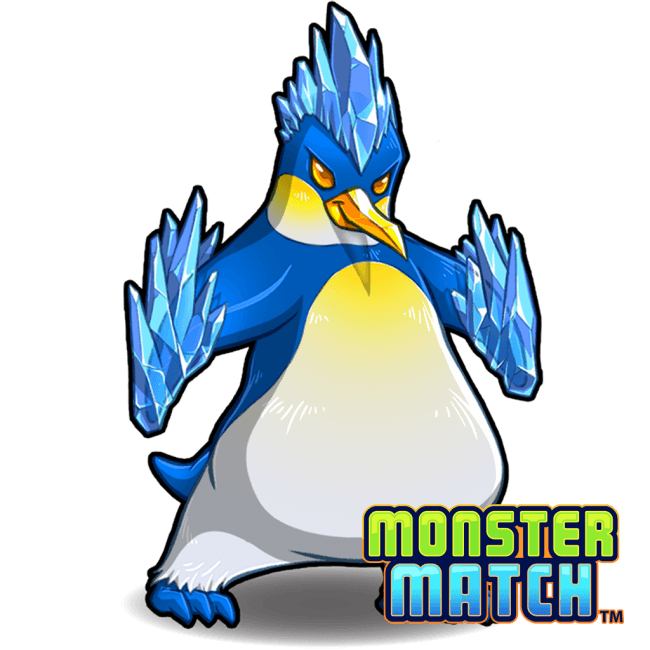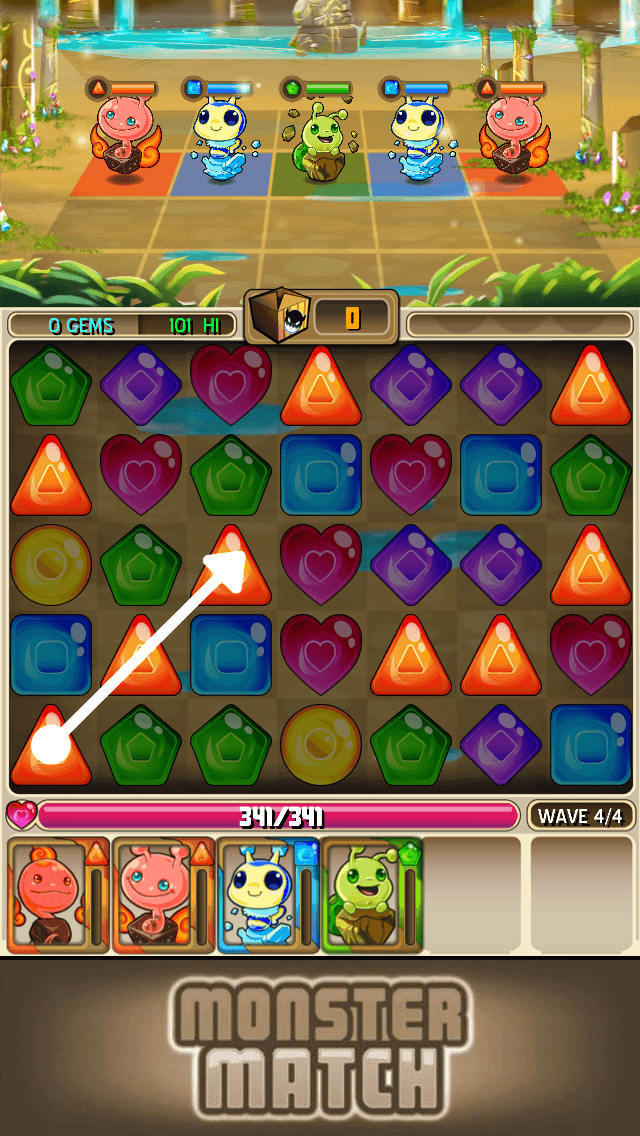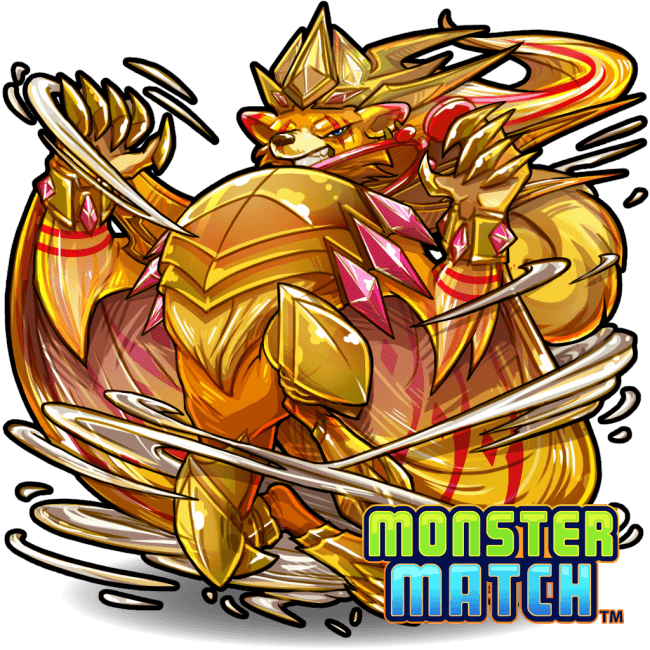- Wondering how to get Monopoly GO! free rolls? Well, you’ve come to the right place. In this guide, we provide you with a bunch of tips and tricks to get some free rolls for the hit new mobile game. We’ll …
Best Roblox Horror Games to Play Right Now – Updated Weekly
By Adele Wilson
Our Best Roblox Horror Games guide features the scariest and most creative experiences to play right now on the platform!The BEST Roblox Games of The Week – Games You Need To Play!
By Sho Roberts
Our feature shares our pick for the Best Roblox Games of the week! With our feature, we guarantee you'll find something new to play!All Grades in Type Soul – Each Race Explained
By Adele Wilson
Our All Grades in Type Soul guide lists every grade in the game for all races, including how to increase your grade quickly!
Embracing Casual: The Making of Monster Match
Spend five minutes browsing the App Store and you’re more than likely to come up with numerous games that feel identical in almost every way, from core gameplay mechanics, to features, to visuals. For every Temple Run and Candy Crush Saga that dominate the markets, there are dozens of smaller releases that follow the same pattern, hoping to land just a fraction of the user base of those giant titles. Even that kind of—relatively small—impact is difficult to pull off. Mobage’s recent release, Monster Match, is a wonderful example of a game that encounters these struggles.
Nobody understood the game’s early challenges as well as Roger Royce, the Monster Match product lead. “For Monster Match‘s initial spark of inspiration, look no further than the childhood fascinations of a team that grew up playing the original release of Pokémon,” Royce told us. “Monster Match is an attempt to prolong this imagination and rekindle the wonder [of a game like Pokémon] with new players.” Royce credits games like Puzzle Quest, Super Puzzle Fighter II Turbo, and Puzzle & Dragons as some of the gameplay’s main sources of inspiration.

As our review points out, there are numerous similarities to Puzzle & Dragons, proving that inspiration alone doesn’t make a game stand out. Royce pointed out, “There’s something about the puzzle genre that people almost always categorize as being a ‘casual’ experience. When we first started designing Monster Match we played lots of other puzzle games and discovered a trend that contradicted this notion of ‘casual.'” Royce mentions strict timers as one of the first common elements the team wanted to remove. “If we were going to make a casual puzzle game, it was determined that the player should not be rushed into their gameplay decisions.”

Spend five minutes browsing the App Store and you’re more than likely to come up with numerous games that feel identical in almost every way, from core gameplay mechanics, to features, to visuals. For every Temple Run and Candy Crush Saga that dominate the markets, there are dozens of smaller releases that follow the same pattern, hoping to land just a fraction of the user base of those giant titles. Even that kind of—relatively small—impact is difficult to pull off. Mobage’s recent release, Monster Match, is a wonderful example of a game that encounters these struggles.
Nobody understood the game’s early challenges as well as Roger Royce, the Monster Match product lead. “For Monster Match‘s initial spark of inspiration, look no further than the childhood fascinations of a team that grew up playing the original release of Pokémon,” Royce told us. “Monster Match is an attempt to prolong this imagination and rekindle the wonder [of a game like Pokémon] with new players.” Royce credits games like Puzzle Quest, Super Puzzle Fighter II Turbo, and Puzzle & Dragons as some of the gameplay’s main sources of inspiration.

Penglacial is one of the many monsters you’ll meet in Monster Match
As our review points out, there are numerous similarities to Puzzle & Dragons, proving that inspiration alone doesn’t make a game stand out. Royce pointed out, “There’s something about the puzzle genre that people almost always categorize as being a ‘casual’ experience. When we first started designing Monster Match we played lots of other puzzle games and discovered a trend that contradicted this notion of ‘casual.'” Royce mentions strict timers as one of the first common elements the team wanted to remove. “If we were going to make a casual puzzle game, it was determined that the player should not be rushed into their gameplay decisions.”
The team’s goal was simple: Make the game as accessible as possible while maintaining long-standing levels of fun. One of the subtle, but most impactful changes was taking the usual puzzle game magic number of “three” and reducing it to two. Royce also cites the ability to trace in any direction and undo traces before completing them as ways the game aims to remove as much gameplay friction as possible. “What sets Monster Match‘s gameplay apart from its competitors is its utmost consideration for delightful player experiences.”
Royce mentioned how proud he was that these core concepts remained intact throughout the development cycle. At the same time, the temptation to add features and create depth is always present on some level. At various points in the development cycle the team cut out different gameplay features because they didn’t fit with the game’s casual effort. “Some of these forfeited ideas from the original plan included an arsenal of power ups, which complicated both the interfaces and the player experience, as well as the inclusion of ‘blocker gems’ which obstructed the board and limited turn options, really draining the fun factor.”

A game of Monster Match in progress
Optimizing the fun factor was one of the key goals with the game and one of the team’s biggest challenges during development. In particular, the team strived to strike a balance. “With Monster Match, our biggest challenge could be summed up as achieving balance. Whether it was choosing the final feature set or tuning monster stats, organizing all of the complicated pieces of a project into a single balanced form was sometimes mind breaking.” Royce went on to say that one of the toughest areas to balance was the puzzle system itself. “We knew it had to include the right balance of skill, commitment and luck in order to be fun.” Skill and commitment were the easiest areas for the team to utilize. On the other hand, luck was a struggle. Referring to the luck mechanics as “unpredictable,” Royce mentioned how the team had to start over a few times until they built a puzzle system with the ideal balance.
Monster Match contains many of the same elements as similar titles. One of the major features in most current free-to-play puzzle games is stamina, which determines how frequently you can play. One of the biggest issues our review had with the game was how long it takes for stamina to fully recharge. When asked about the stamina system, Royce mentioned how it was always part of the initial plan.

Squirlwynd is another of the monsters you’ll meet
“At DeNA we’re concerned with entertaining our players by filling their time with great games, so you might wonder why we’ve built a stamina model. Monster Match isn’t just a puzzle battler. The stamina model was tuned around desired session length. When it depletes, it provides motivation for players to manage their captured monsters outside of the puzzle gameplay.” The idea behind the system is that players play until their stamina is empty, and then spend time outside the puzzles, opposed to simply pressuring players to spend more money.
Since Monster Match’s launch, the team has been releasing new monsters weekly, and Royce hinted at something special coming up for Halloween. They’ve been overwhelmed by the amount of feedback and support they’ve received from fans. “I want all of our fans to know that the outpouring is encouraging the Monster Match dev team to make the game better and better. Thank you.”
Monster Match‘s journey was one centered on breaking away from the pack and managing to stand out among so many similar titles. On that end, the game has been a success, earning positive reviews and hundreds of thousands of downloads. As the team continues to work on more features and content, Royce seems confident that the future of the game is a bright one.
More articles...
Monopoly GO! Free Rolls – Links For Free Dice
By Glen Fox
Wondering how to get Monopoly GO! free rolls? Well, you’ve come to the right place. In this guide, we provide you with a bunch of tips and tricks to get some free rolls for the hit new mobile game. We’ll …Best Roblox Horror Games to Play Right Now – Updated Weekly
By Adele Wilson
Our Best Roblox Horror Games guide features the scariest and most creative experiences to play right now on the platform!The BEST Roblox Games of The Week – Games You Need To Play!
By Sho Roberts
Our feature shares our pick for the Best Roblox Games of the week! With our feature, we guarantee you'll find something new to play!All Grades in Type Soul – Each Race Explained
By Adele Wilson
Our All Grades in Type Soul guide lists every grade in the game for all races, including how to increase your grade quickly!







